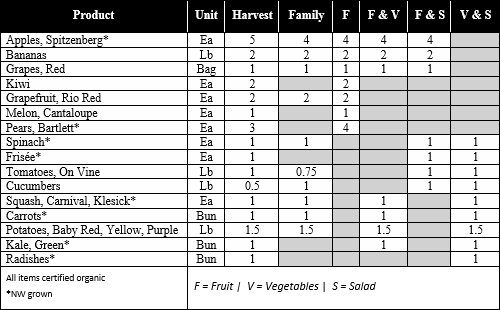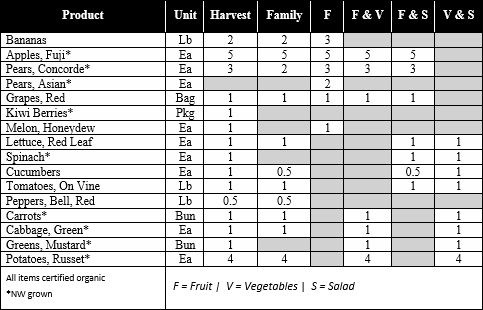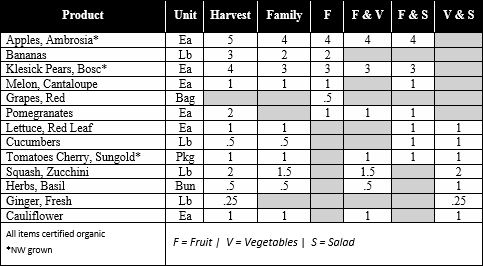Joelle and I have a rhythm to our cooking. I love to make food and then she loves to make it taste great! She could never work at Panera or IHOP, where the only ingredients seem to be sodium and sugar. Joelle has a unique ability to discern what is missing, and how much to add or not. I, on the other hand, tend towards lots of veggies and texture and then leave the final pass to Joelle.
Speaking of the “Pass,” I have been watching the Netflix show called The Chef’s Line. In this series, there are 4 home cooks who cook against a restaurant’s team of chefs. Each series features a different culture, and the home cooks are either from that culture, or love to cook that cultures food. I don’t have a significant amount of time to watch shows, but these 22-minute episodes are a nice break to decompress and get inspired at the same time.
I would never qualify as a home cook on this show, because I love to cook all the cultures from Indian, to Italian, to Vegan (smile), to Mexican. It sort of belies the fact that American cuisine is truly a melting pot of cultures and flavors and, well…there really isn’t any one thing that I gravitate towards. I just love to cook them all and eat it.
I do gravitate towards simple cooking, and I usually make 6 to 9 loaves of sourdough bread a week. I recently added flour tortillas to my rotation (I hate all that plastic that comes with purchasing flour tortillas). I love to bake sourdough bread. It is an unsophisticated art, where the results vary, and the outcome is always devoured. Last night, I set out my starter and fed it. Then, at 5am, I mix 200 grams of starter with 1000 grams of water and 1200 grams of flour, mix all of them together, let it set for 30 minutes, add 24 grams of salt and mix again.
Flour is where I do become a local-vore. At our farm we sell Cairnspring Flours, and I exclusively bake with all local flours from Skagit county. I want to see local flours with regional integrity and flavors make a comeback. Cairnspring Mills is the connection to incredible flavor, and locally sourced nutrition.
But I digress. After shaping bread and heading off to a Volleyball match in Snohomish, I called ahead on our way home and asked Joelle to heat up the oven to 450 degrees so I could bake off a loaf. And, much to my surprise and delight, our evening fire had burned down to coals, and the upper bake oven was at 475 degrees. That is a perfect temperature to bake bread, so I slid another loaf into the fireplace oven and will be taking them out at about the time I finish this newsletter, 45 minutes later.
Tonight’s bread will truly embody the definition of hearth baked bread! And, as a side benefit, since all the kiddos are off to bed, the bread has a chance to cool down and last longer than 25 minutes before it is devoured! Okay, as much as I want the bread to last a little longer, it is satisfying when your family is eagerly waiting for several slices of fresh, out of the oven, baked bread!
Time to go! The timer is beeping!
-Tristan



